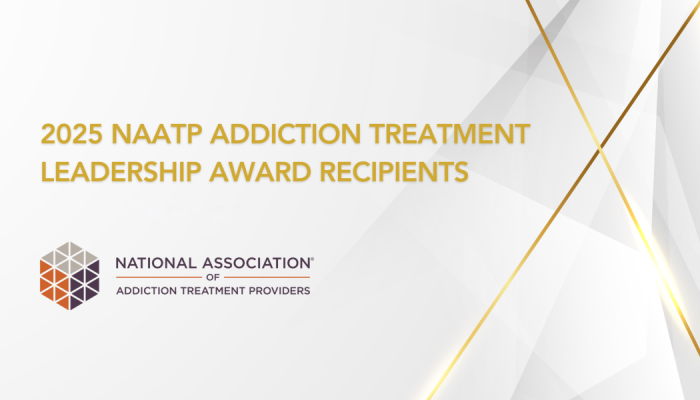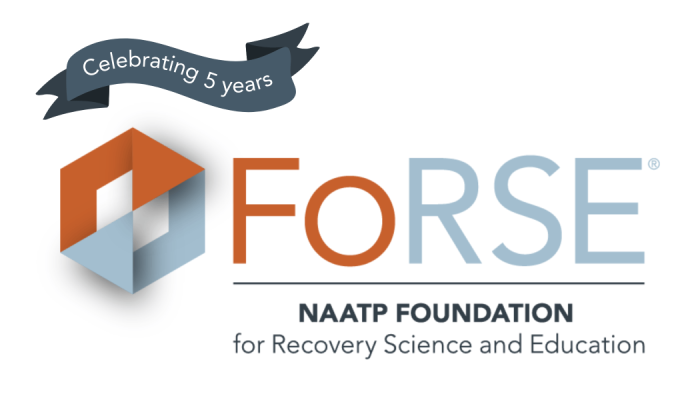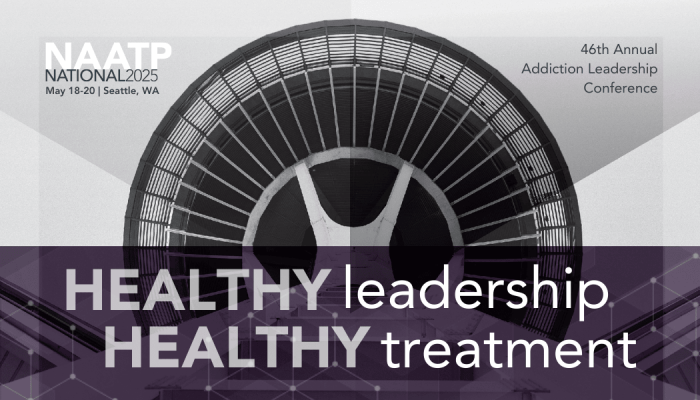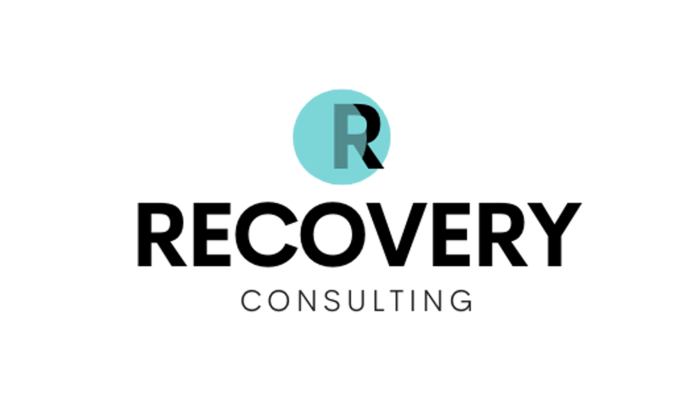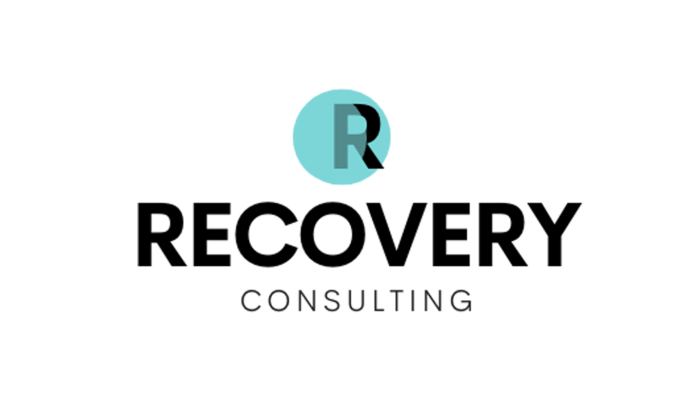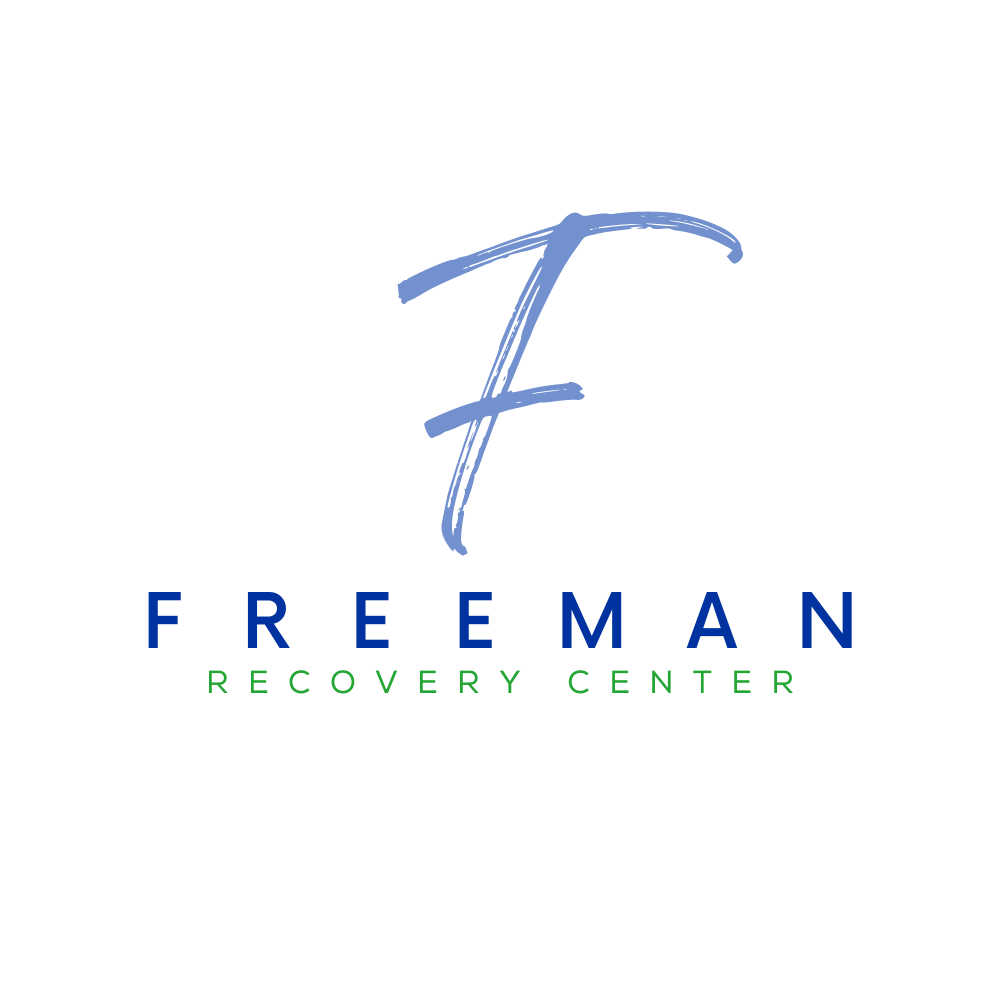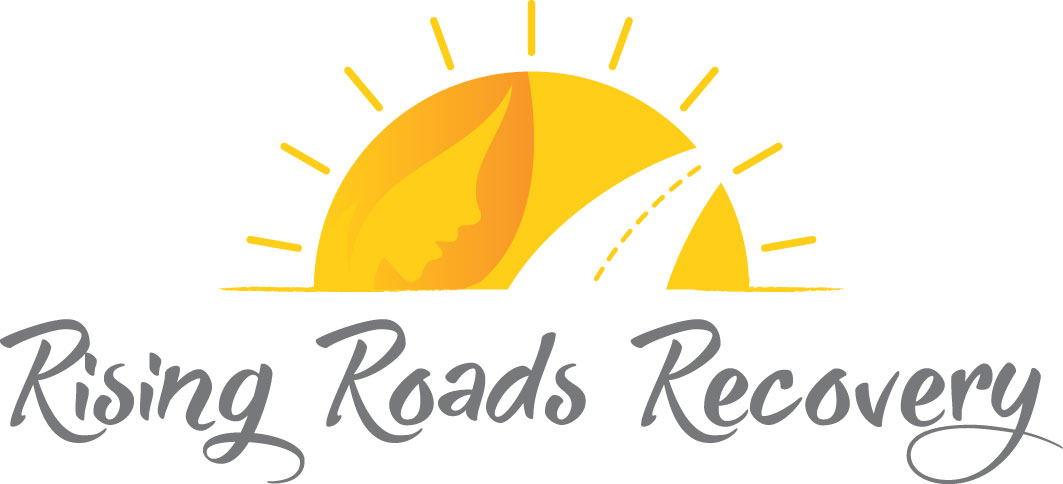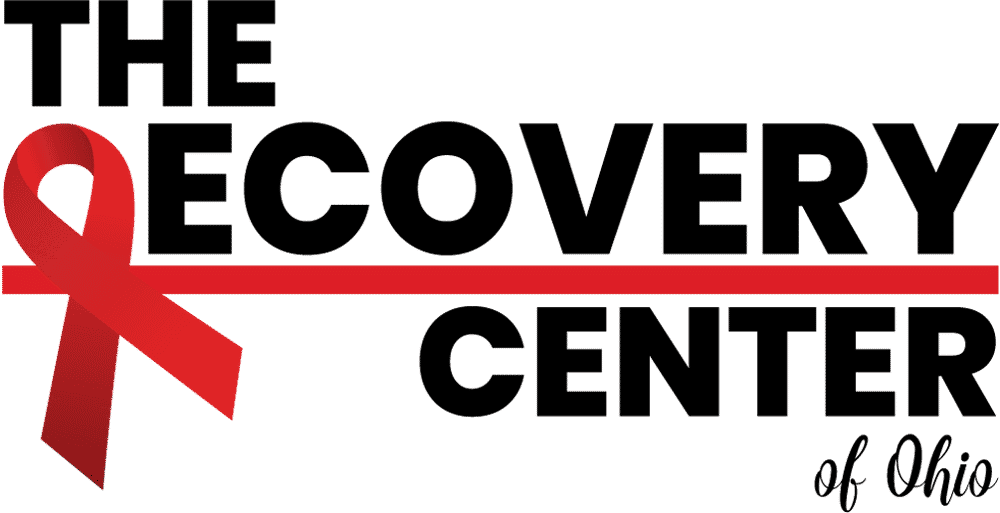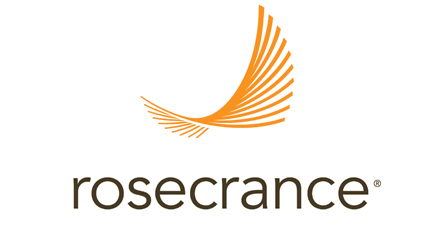Jan 13, 2023

For addiction treatment, longer is better. But insurance companies usually cut it short
By Nick Hayes Jan. 13, 2023

Access to treatment for addiction has long plagued U.S. health systems. Why? Two reasons: It is expensive, and the long-term value of addiction treatment is often disregarded by insurance companies and other payers.
Its dirty little secret is that access to treatments that work are available to the few who can pay for it — as I once needed to do — while millions of Americans get substandard treatment or none at all.
From May 2021 to May 2022, more than 103,000 Americans died from drug overdoses. That’s significantly more than the number of U.S. service members who died in the Vietnam War. Yet treatment for substance use disorder (SUD) — and for mental illness as a whole — face limited covered benefits, delays in access to treatment, and denials of care at higher rates than medical and surgical care, despite federal efforts to drive parity for mental health, which extend back as far as 2008.
Health insurers and the intervention frameworks they approve inadvertently perpetuate the addiction cycle. Treatment requires multidisciplinary expertise, costly resources, and durations that are, on average, exponentially longer than those for acute medical treatments. Without data from real patients and treatments, expensive and lengthy in-patient treatment protocols are difficult to support, so payers work to minimize cost by accelerating or shortening the addiction treatment timeline.
Decades of research point to longer treatment as the number one predictor of addiction treatment outcomes. Yet what insurers will pay for contradicts those best practices because they remain shortsighted, often approving the minimum number of treatment days to reduce upfront costs.
To drive change, payers and providers must improve their ability to measure and monitor extended treatment on outcomes and relapse costs. Payers need to create progressive support models and recognize that improved health and decreased costs happen when individuals receive the appropriate treatment. Providers must invest in technology systems and processes that connect treatment to outcomes.
According to a recent analysis by the Pew Charitable Trusts, in 2021 opioid overdose, misuse, and dependence drove $35 billion in health care costs, $14.8 billion in criminal justice costs, and $92 billion in lost productivity. According to the analysis, per-person savings from improved access and treatment ranged from $25,000 to $105,000. And a recent analysis by the Better Medicare Alliance points to improved outcomes for individuals with any mental health condition who gain access to behavioral health care as part of their plan coverage.
Even as demand for substance use disorder treatment skyrockets, payers deny coverage for proven protocols and require additional hurdles to treatment. The American Medical Association released a scathing indictment of the insurance industry following the 2022 Mental Health Parity and Addiction Equity Act Report to Congress that noted plan failures to document and apply parity standards. These standards are meant to ensure that insurance coverage for behavioral health services is no more restrictive than coverage for other medical conditions. In its statement, the AMA said that “every parity failure caused increased patient suffering and almost certainly deaths that could have been avoided had care been provided.”
What I find exasperating as a clinician working with people with substance use disorders is the widespread recognition that these disorders are complex, chronic conditions that affect individuals, families, and communities, yet they are still treated episodically as acute conditions rather than long-term problems.
That stands in strong contrast to the holistic treatment provided for other chronic conditions. For heart disease, cancer, diabetes, and the like, insurance covers care coordination, prescription and medication management, education, communication, and more. Yet payment and coverage packages for substance use disorder behave as if they are acute moments — a single overdose or detox stay — and neglect the total cost of substance use disorder on the individual, the community, and the health care system. The approach of extended treatment with enhanced case management is not a novel application — it exists in some way across almost every medical practice.
The bottom line: Payers will implement long-term strategies for treating addiction only if there is a financial incentive to do so.
If payers had patient-level evidence indicating that longer length of addiction treatment decreased overall costs and improved outcomes, support for substance use and behavioral health programs would transform nearly overnight.
The primary barrier lies in the inability to create data-driven collaborations between payers and providers. Payers collect the long-term data that hold the key to codifying costs, such as claims data; providers collect data on what treatments work for which patients, and each patient’s outcome. SUD providers can explore treatment efficacy and long-term costs more effectively by wrangling these data together — a win-win for everyone involved.
Cumberland Heights, the substance use disorder treatment center in Nashville I work for, has been collecting the kind of information that can support such partnerships. Our data suggest that outcomes are far better when patients have access to the appropriate treatments. In an ongoing study of our treatment practices, for example, longer lengths of treatment were associated with significant decreases in depression, anxiety, craving, impulsivity, emergency room visits, interactions with law enforcement, and more. We also observed in a sample of our patients that individuals were nearly two times more likely to be readmitted within one year if they received less than 30 days of treatment compared to those who received more than 30 days of treatment.
Other forward-thinking providers are contributing to the atmosphere of investigation. Our colleagues at Ashley Addiction Treatment in Maryland are spearheading an investigation exploring how wearables might increase how carefully patient change can be examined. And the National Association of Addiction Treatment Providers has launched the first private shared data repository that supports providers from across the country. Data include patient-level treatment and program data that cover the breadth of SUD recovery outcomes. To date, 60 organizations have contributed data to the repository.
The data are there. What’s needed are more collaborations with payers to turn information into action, improving outcomes and saving lives.
To start, investments in data and technology and the results they bring to substance abuse providers can serve as powerful, persuasive tools and accelerants to needed changes in addiction treatment and coverage. And an increased understanding of addiction and mental health as a whole help destigmatize treatment and lower barriers to care and access.
Radical collaboration is possible when all compasses are pointed in the same direction. I was lucky enough to have the means that brought me out of addiction. I should be the outlier; the norm should be insurance helping others do the same.
Nick Hayes is a clinician, data scientist, adjunct professor of psychology at Lipscomb University in Nashville, and the chief science officer at Cumberland Heights Foundation, a non-profit organization that has provided addiction treatment in Tennessee since 1966.




